Ford Focus: The Best Years and the Years to Avoid
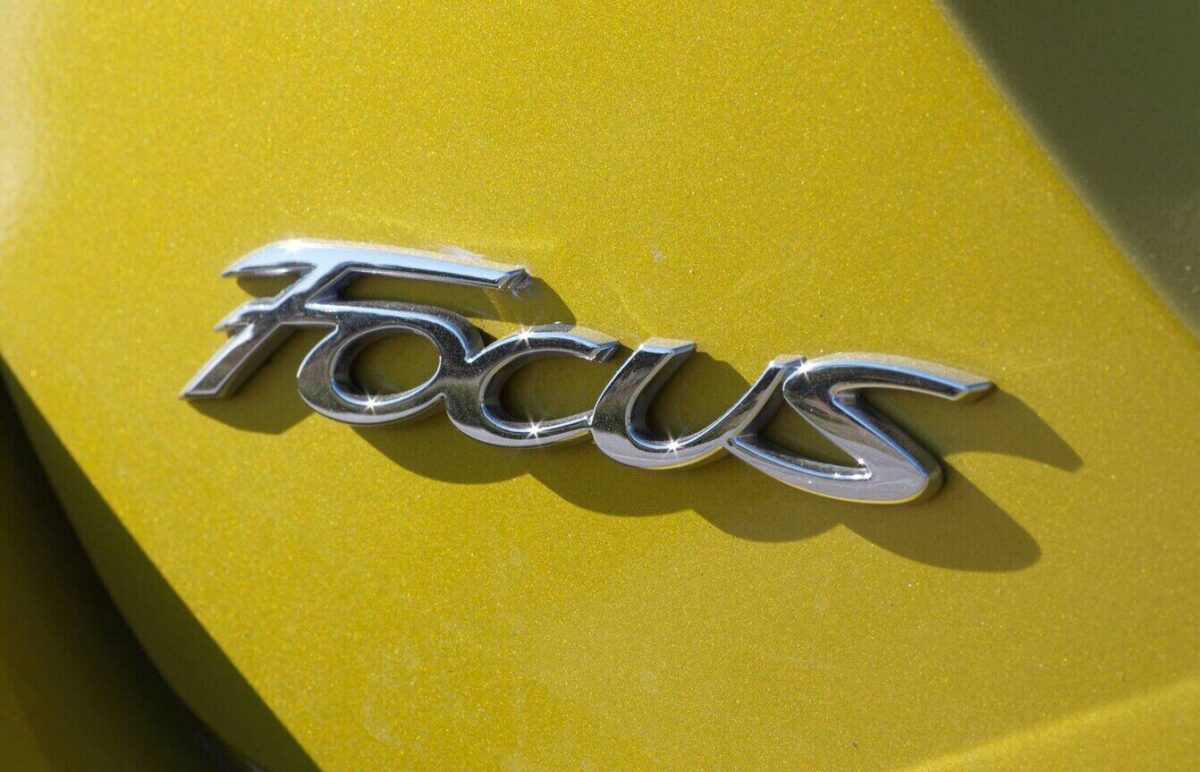
The Ford Focus has long been popular with used car buyers looking for an affordable small car that doesn’t skimp on features or utility. Since its 2000 debut, the versatile compact has delivered both in spades. It’s also thrown in a welcome bonus of style and fun, qualities often missing from the economy car segment.
But not all model years of the Focus are created equal. Some garner rave reviews from their owners, even after racking up 200,000 miles or more. Others seem to cause nothing but headaches.
That’s why we’ve compiled this guide to the best and worst years of the Ford Focus. We want to make it easy for anyone on the hunt for a nice used Focus to find the sweet spot in the model’s nearly twenty-year production run (2000-2018).
How We Made Our Selections
To identify the best and worst years of the Ford Focus, we combed through the extensive consumer reviews of the model on Edmunds. There are many different sources for car ratings and reliability info, and none is perfect. We like Edmunds’ consumer reviews because the feedback comes not from jaded auto journalists or manufacturer-backed surveys. Instead, it comes directly from the mouths of owners who have lived with the car day in and day out.
Unlike many review sites, Edmunds encourages owners to update their reviews on a regular basis. Some provide years of details about their time with a car. As a result, consumer reviews there capture more than just rosy first impressions. They paint a clear picture of how the model holds up over the long haul.
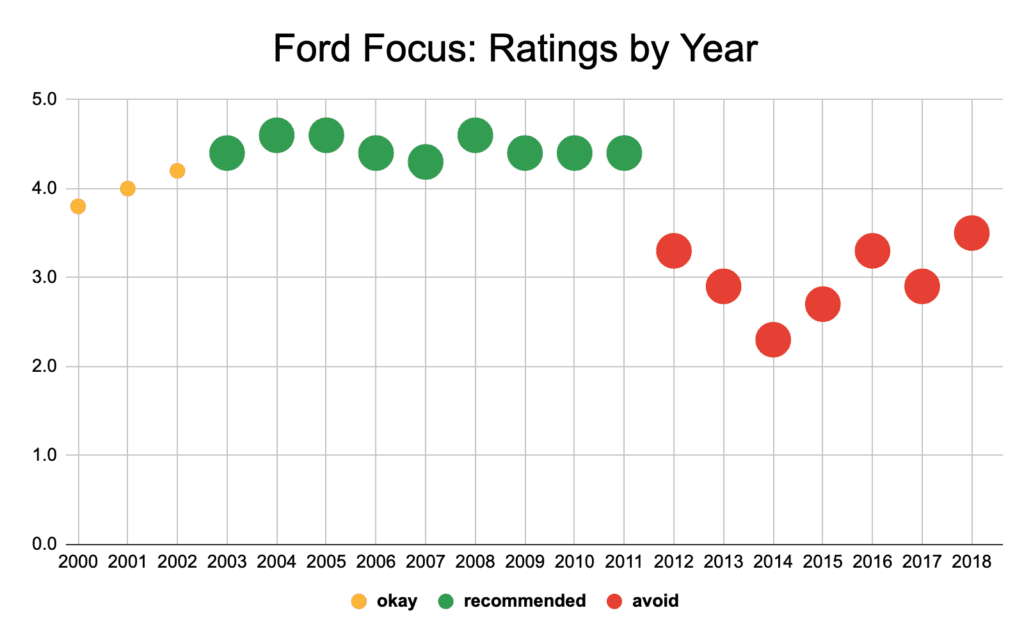
Considered in aggregate, these reviews quickly illuminate the specific years of a model that deliver the best overall experience — as well as those that potential buyers might want to skip.
Best Years: 2004-2011
If you’re looking to buy a used Ford Focus that offers a reliable and satisfying ownership experience, the years 2004 through 2011 stand out from the rest. During this period, the Focus not only underwent some meaningful improvements (noted below), but it also maintains impressively high owner ratings, scoring an overall average of 4.5 stars (out of 5) for the period.
Digging into the feedback, we found many owner comments about the 2004-2011 Focus’s reliability, roomy interior, and affordable maintenance. Owners also appreciate its variety of body styles, including sedan, hatchback, wagon, and coupe variants. On the downside, some note that the Focus’s interior materials can feel a bit cheap, especially in the lower trims. However, this is usually seen as a minor trade-off considering the car’s current age and price point.
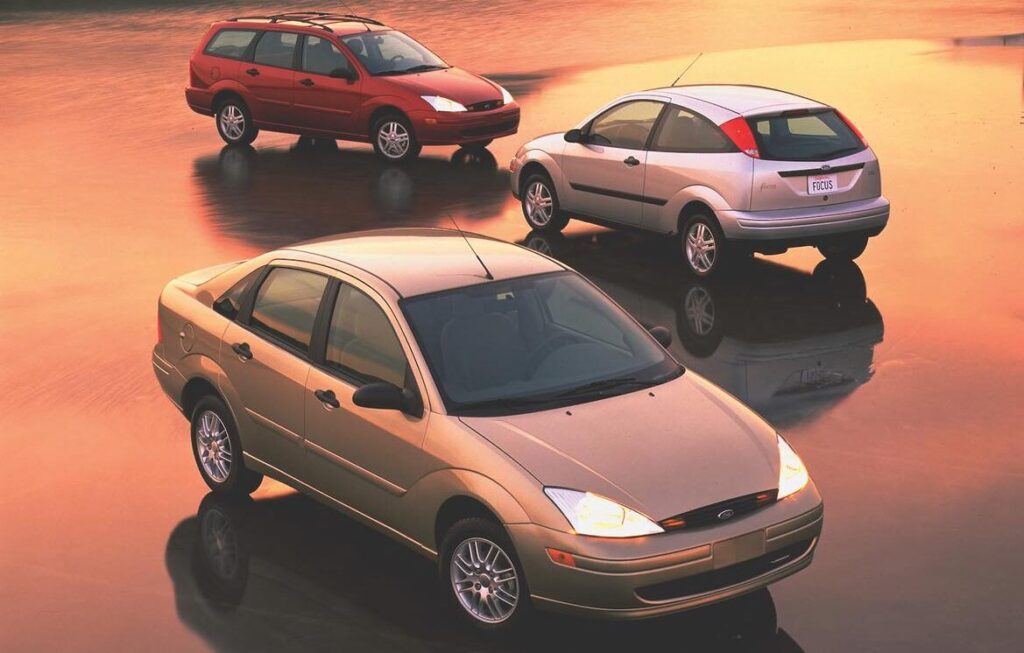
Under the hood, most Focus examples from this era utilize a 2.0-liter four-cylinder engine with 136-140 horsepower, depending on the year. A peppier 2.3-liter unit with 151 hp is also available on the sporty ST variant, but only through the 2007 model year. These engines pair with either a four-speed automatic or a five-speed manual transmission to drive the front wheels. The stick shift provides a bit more driver engagement and, with its additional top gear, better highway fuel economy.
In 2008, Ford introduced a second generation of the Focus (pictured below), giving it a cosmetic overhaul. While the second-gen sheetmetal looks a bit anonymous to our eyes, its updated cabin succeeds in giving the little Ford a more upscale, almost Volvo-like feel inside, especially on the upper trim levels. This addresses some of the quality concerns noted by owners of earlier versions. The 2008 redo also introduces, for the first time, a more modern infotainment setup with Bluetooth connectivity.
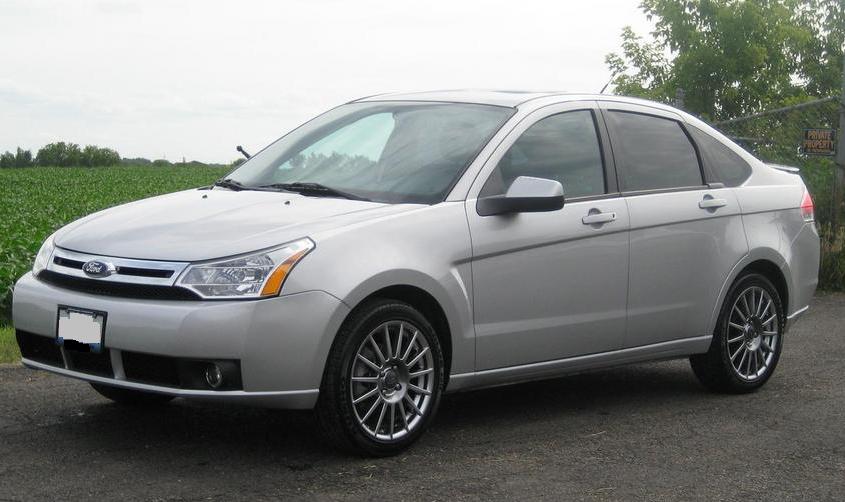
Fortunately, Ford kept the Focus’s dependable mechanical underpinnings mostly unchanged for the second generation, helping its owner ratings stay high until the end of its run in 2011.
Years to Avoid: 2012-2018
If the 2004-2011 model years represent the golden era for the Ford Focus, the years 2012 through 2018 can be best described as a cautionary tale. Focus models from these years have scored an overall average of 3.0 stars on Edmunds, with some years plunging as low as a dismal 2.3 stars. The low ratings are a red flag for used car buyers, signifying an array of issues, some of which have proved to be more than just minor annoyances.
A 2012 redesign marked a dramatic shift for the Focus, but unfortunately, not for the better. The all-new third-generation Focus (pictured below) looks more modern. However, it’s been plagued by a host of issues, primarily revolving around its new six-speed dual-clutch automatic transmission (also known as an “automated manual”). In their reviews, owners of Focus models from this period frequently complain about erratic shifting, delayed acceleration, and even complete failure of the gearbox, often resulting in costly repairs.
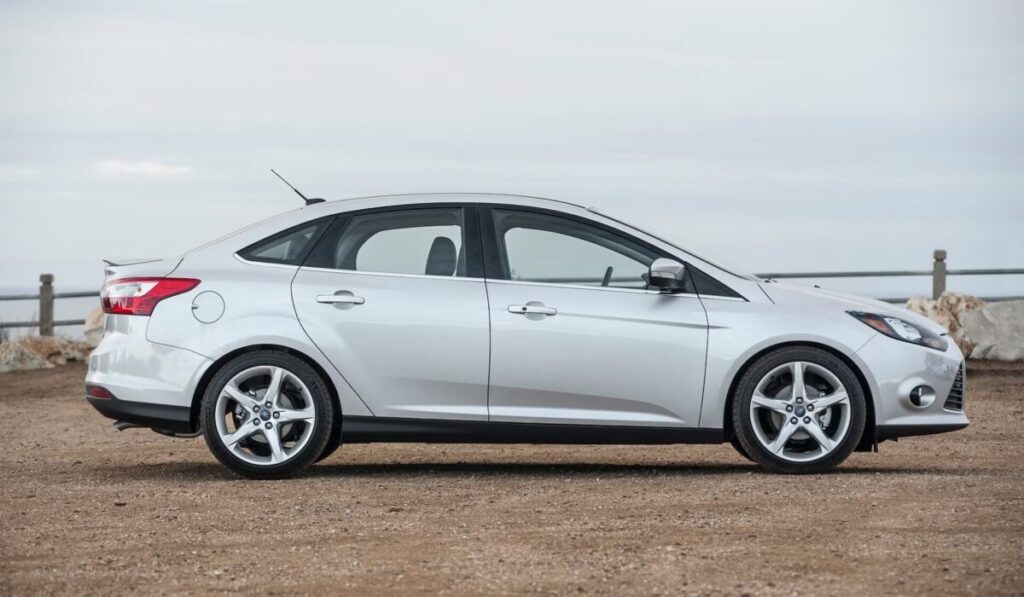
You can avoid most of these transmission problems by opting for a third-gen Focus with the available stick shift (not the “automated manual”). However, owner complaints for the 2012-2018 Focus continue beyond the transmission. Many from these years also note frequent electrical glitches, such as malfunctioning infotainment systems, as well as power steering problems.
Ford did seem to have an eye on these quality problems. The Focus’s owner ratings climb out of the doldrums to a relative high of 3.5 stars overall by its final model year (2018). Still, we advise sticking to the earlier versions of the Focus, which all get significantly higher marks.
The Bottom Line
When buying a used Ford Focus, our research makes it clear: stick to the 2004-2011 models if you’re looking for a well-rounded, reliable small car. These models offer a variety of body styles, a choice between a solid base engine and a peppier ST variant, and a range of trim levels that help make the budget-friendly Ford feel anything but cheap. Look for examples from the Focus’s second generation (2008-2011) if you want one with the most up-to-date interior and equipment.
Conversely, it’s advisable to steer clear of the 2012-2018 models, which have notably lower consumer ratings due to a slew of issues ranging from balky automatic transmissions to glitchy electrics. If you’re tempted by the modern looks and amenities of these later Focus models, be prepared to pay the price at the repair shop.
Photos courtesy of Ford and Wikipedia Commons